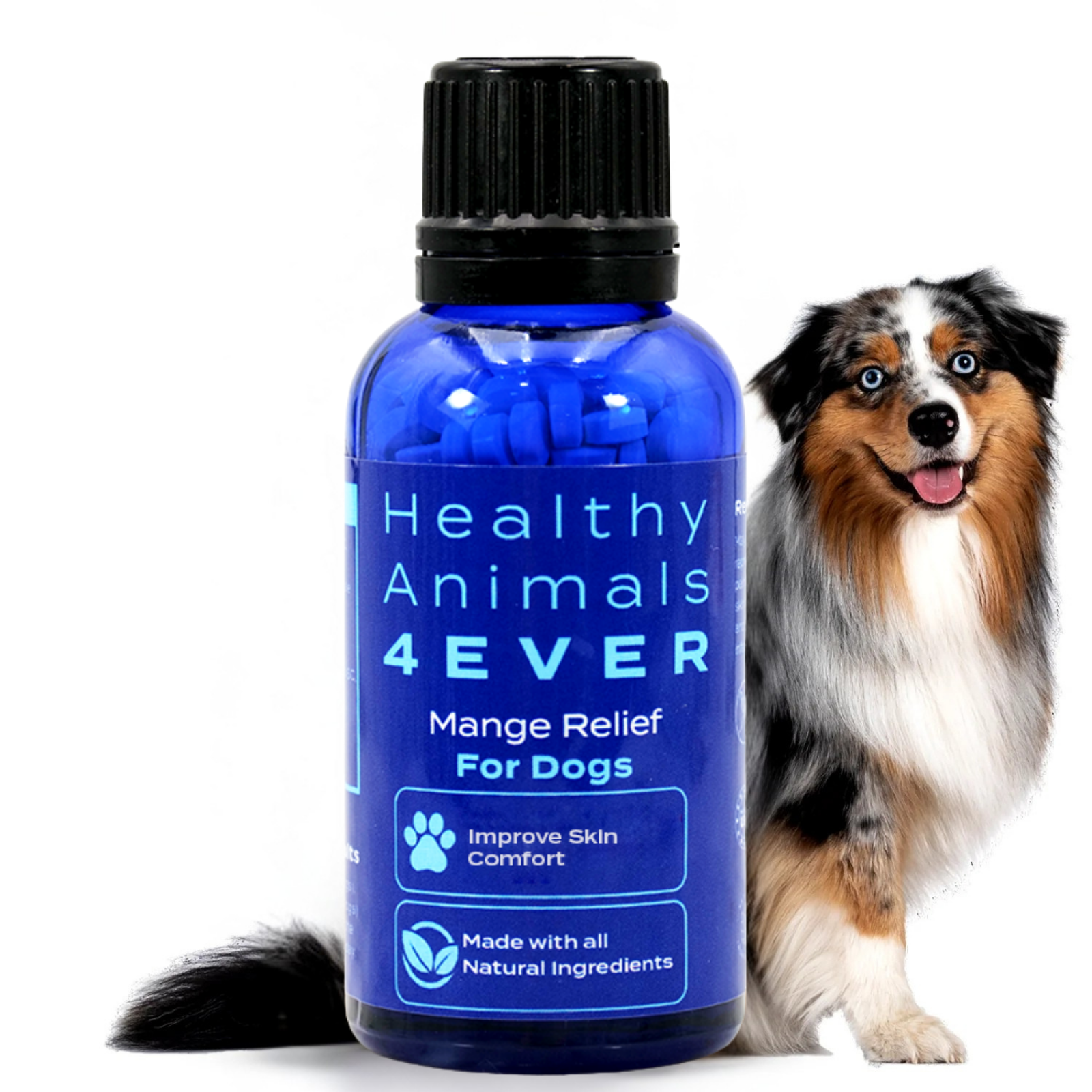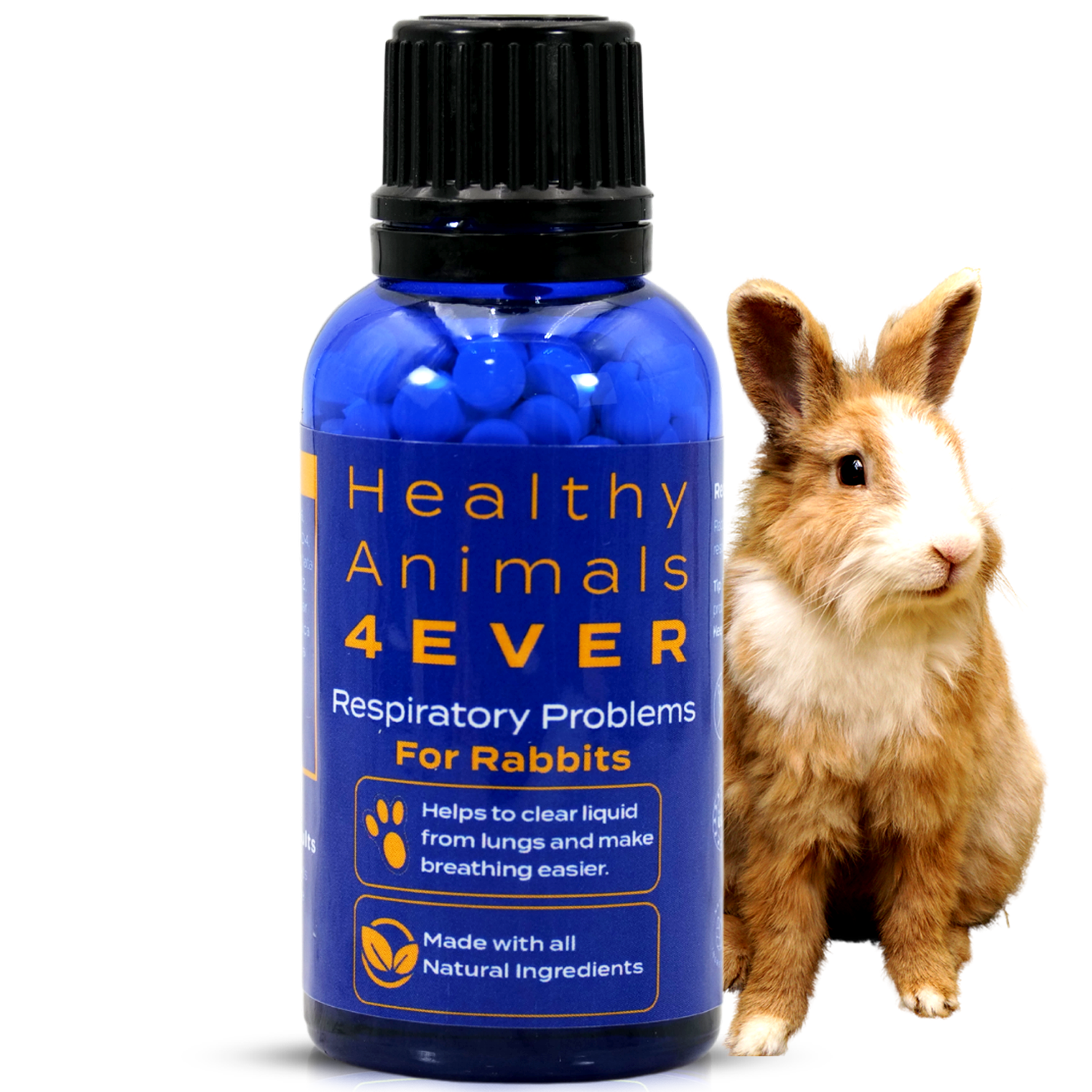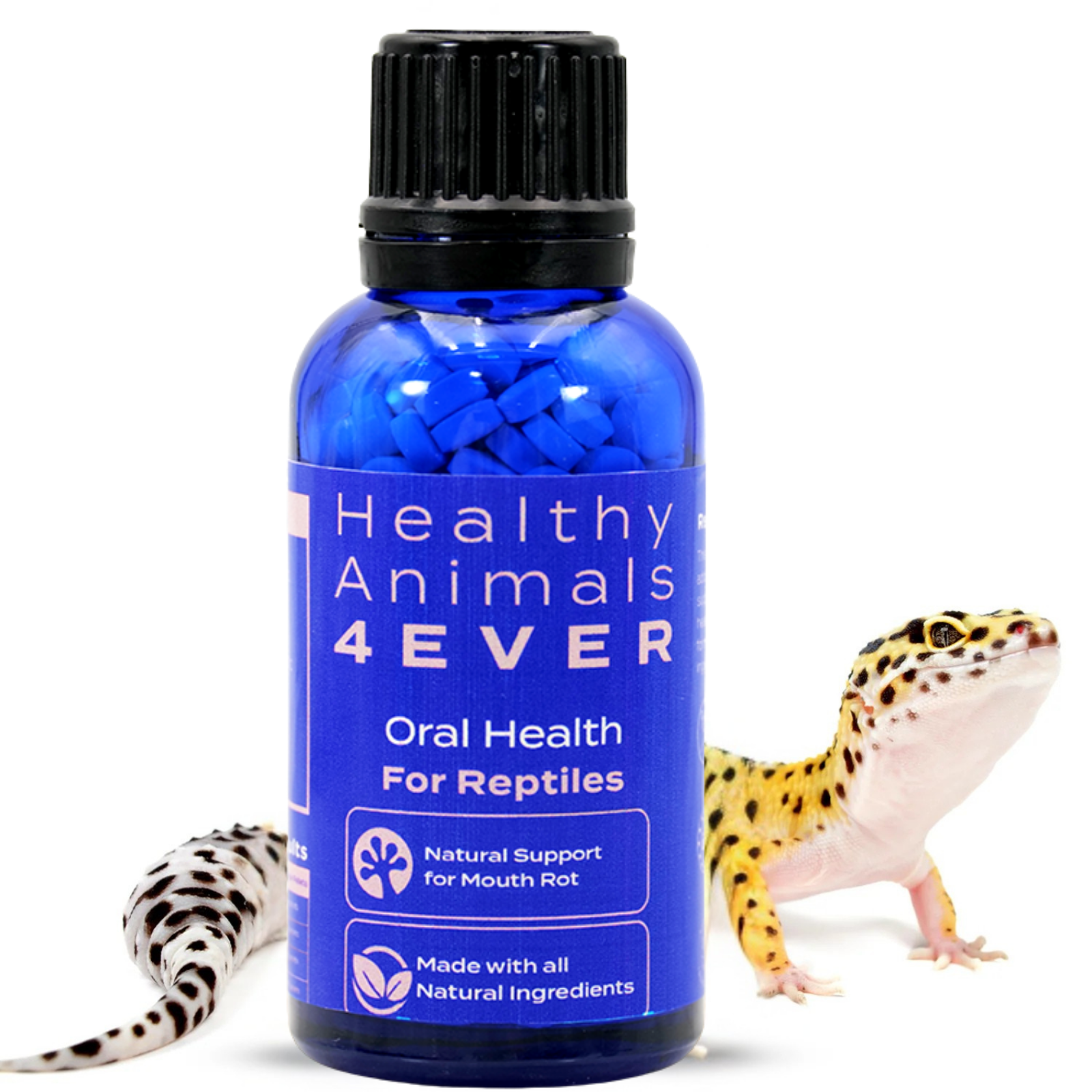Comprehensive guide to common chicken ailments: Natural treatments and remedies

Chickens are delightful and productive members of many households, providing eggs, meat, and even companionship. However, like any living creature, they can be susceptible to various health issues. Recognizing and addressing these common ailments early can make a significant difference in the well-being and productivity of your flock. This blog will explore some of the most prevalent chicken ailments, their symptoms, and how to prevent and treat them.
1. Avian influenza (Bird flu)Bird flu, or avian influenza, is a contagious viral infection primarily affecting birds. It can occur in both domestic poultry (like chickens, ducks, and turkeys) and wild birds. While bird flu strains vary in severity, some strains can have serious implications for animal and human health.
Types of Bird flu strains are:
- Low pathogenic Avian influenza (LPAI) is generally less severe. It may cause mild or no symptoms in birds and often goes undetected without specialized testing.
- Highly pathogenic Avian influenza (HPAI) is more severe and can cause high mortality rates among infected birds. It has a rapid onset of severe symptoms and is usually caused by specific virus strains.
The avian influenza virus belongs to the influenza A family. It can mutate, leading to the development of different subtypes. The subtypes are based on two proteins found on the virus's surface: hemagglutinin (H) and neuraminidase (N). For example, H5N1 and H7N9 are well-known subtypes.
ALL-NATURAL CHICKEN RESPIRATORY SUPPORT It was designed to promote lung health and address long-standing respiratory issues over time.
Bird flu can spread through:
- Direct contact: Infected birds shed the virus in their saliva, nasal secretions, and feces. Healthy birds can become infected if they come into contact with these substances.
- Indirect contact: Through contaminated equipment, clothing, and footwear.
- Airborne transmission: In some cases, the virus can become aerosolized and spread through the air.
Birds may show mild or no symptoms when infected with LPAI. This may result in reduced egg production and weight gain in commercial poultry.
HPAI, conversely, can cause rapid and severe illness, leading to high mortality rates in affected flocks.

While bird flu primarily affects birds, some strains can potentially infect humans. This usually occurs through close contact with infected birds or contaminated environments. H5N1, H7N9, and H5N8 are examples of strains that have raised concerns about their potential to cause severe illnesses in humans.
Prevention and control:
- Poultry vaccination can be an effective control measure in areas where bird flu is prevalent.
- Implementing strict biosecurity measures on farms can help prevent the introduction and spread of the virus.
- Regular testing and surveillance of birds, especially in commercial poultry farms, can help detect and respond to outbreaks early.
- Culling infected and potentially exposed birds is often necessary in severe outbreaks to prevent further spread.
International organizations like the World Health Organization (WHO) and the World Organisation for Animal Health (OIE) monitor and coordinate responses to bird flu outbreaks to prevent its spread and minimize its impact.
It's important to note that the risk of human infection with bird flu is generally low, and most cases have occurred in people who have had direct contact with infected birds. However, monitoring and managing bird flu outbreaks is crucial for animal and public health.
2. CoccidiosisCoccidiosis is a common and potentially serious protozoan parasitic disease affecting various animal species, including poultry like chickens. It is caused by single-celled organisms known as coccidia, which belong to the genus Eimeria.

Several species of Eimeria can cause coccidiosis in chickens. Each species tends to affect different parts of the digestive tract.
- Oocyst: The infectious stage of the coccidia is called the oocyst. This is shed in the feces of infected birds.
- Ingestion: Chickens become infected when ingesting oocysts from contaminated water, feed, or the environment.
- Intestinal invasion: Once ingested, the oocysts release sporozoites (infectious forms) that invade the cells lining the chicken's intestine.
- Reproduction and shedding: Within these cells, the sporozoites multiply and develop into asexual and sexual stages. New oocysts are produced, then shed in the feces, completing the cycle.
Types of Coccidiosis:
- Eimeria tenella causes cecal coccidiosis, affecting the ceca (blind pouches at the junction of the small and large intestines).
- Eimeria acervulina causes intestinal coccidiosis, primarily affecting the small intestine.
- Eimeria necatrix causes intestinal coccidiosis, often resulting in severe damage to the intestinal lining.
- Eimeria maxima causes intestinal coccidiosis, affecting the middle section of the intestine.
Symptoms:
- Diarrhea: Often bloody or containing mucus.
- Weakness and lethargy: Affected birds may appear listless and droopy.
- Loss of appetite can cause reduced feed intake.
- Weight loss, especially in severe cases.
- Dehydration due to the loss of fluids through diarrhea.
- Ruffled feathers: Birds may appear unkempt.
- Drop in egg production.
How to prevent the disease? Regularly clean and disinfect the coop and surroundings. Provide clean water and feed. Avoid overcrowding.

Coccidiostats are medications that can be added to the feed to prevent coccidiosis. They don't eliminate the parasites but help control their growth.
For free-range birds, rotating them to fresh, uncontaminated areas can help reduce exposure to oocysts.
3. Newcastle diseaseNewcastle disease, often termed ND, is a highly contagious and potentially deadly viral disease affecting various bird species, including chickens. It is caused by the avian paramyxovirus type 1 (APMV-1), which belongs to the family Paramyxoviridae.
There are multiple strains of APMV-1, with varying levels of virulence. Some strains cause mild or moderate symptoms, while others can lead to severe disease and high mortality rates.
The virus primarily spreads through direct contact with infected birds' bodily fluids (such as respiratory secretions, feces, and saliva). Contaminated equipment, clothing, and footwear can also transmit the virus. The virus can sometimes become aerosolized and spread through the air.
The severity of Newcastle disease can vary depending on the strain of the virus and the host's susceptibility. Common signs and symptoms in chickens include:
- Sneezing, coughing, nasal discharge, and gasping for air.
- Diarrhea, greenish feces.
- In severe cases, birds may exhibit tremors, paralysis, and twisting of the neck (known as torticollis).
- Layers may experience a sharp decrease in egg production or produce misshapen or soft-shelled eggs.
- Swelling of the head and eyes
Newcastle disease can have significant economic impacts on the poultry industry due to the loss of birds, decreased egg production, and trade restrictions imposed on affected regions.
- Vaccination is a crucial tool in preventing Newcastle disease. Various types of vaccines are available to protect against different virus strains.
- Implementing strict biosecurity practices on farms can help prevent the introduction and spread of the virus.
- Quarantining new birds before introducing them to an existing flock and conducting tests for the virus can help detect and prevent its spread.

While Newcastle disease primarily affects birds, some strains of the virus can potentially infect humans, especially if they come into close contact with infected birds. However, human infections are rare and typically result in mild flu-like symptoms.
4. Infectious bronchitisInfectious Bronchitis (IB) is a highly contagious viral respiratory disease affecting chickens. It is caused by the infectious bronchitis virus (IBV), which belongs to the Coronaviridae family. Infectious bronchitis primarily targets the respiratory tract but can also affect the reproductive system and other organs.
There are multiple strains and variants of IBV, which can lead to different clinical presentations.
The virus spreads through contact with infected birds' respiratory secretions, saliva, and feces. Contaminated equipment, clothing, and footwear can also transmit the virus. The virus can sometimes become aerosolized and spread through the air.
The symptoms are:
- Sneezing, coughing, nasal discharge, and wheezing.
- Layers may experience a significant decrease in egg production or produce misshapen or thin-shelled eggs.
- Eggs may have thin, rough, or soft shells.
- Infected birds may appear lethargic and show reduced appetite.
Infectious bronchitis can impact the poultry industry economically due to reduced egg production, poor egg quality, and sometimes increased mortality, especially in young birds.

- Vaccination is a crucial tool in preventing infectious bronchitis. Different strains require specific vaccines.
- Implementing strict biosecurity practices on farms can help prevent the introduction and spread of the virus.
- Quarantine new birds before introducing them to an existing flock.
Infectious bronchitis primarily affects chickens and is not considered a zoonotic disease, meaning it does not typically infect humans.
5. Marek's diseaseMarek's disease is a contagious and potentially deadly viral disease affecting chickens. It is caused by the Marek's disease virus (MDV), a herpesvirus specifically known as Gallid herpesvirus 2 (GaHV-2). Marek's disease primarily targets the immune system, nerves, and organs, leading to various symptoms.
There are several strains of MDV, each with varying levels of virulence. Some strains cause milder symptoms, while others can lead to severe disease. The virus is primarily spread by inhaling viral particles shed in feather dander and dust from infected birds. The virus can survive in the environment for an extended period and spread via contaminated equipment, clothing, and footwear.
CHICKEN IMMUNITY SUPPORT FOR MAREK’S DISEASE Helps chickens to build up immunity to prevent disease *NOT a treatment for Marker disease.
The symptoms are:
- Affected birds may exhibit paralysis, especially in the wings and legs. They might have difficulty walking or may drag their legs.
- Chickens may appear lethargic, have a drooping appearance, and may have a loss of appetite.
- In some cases, MDV can cause tumors in various organs, particularly the liver, spleen, and ovaries.
- Layers may experience a drop in egg production.
6. Fowl pox
Chicken fowl pox, also known as avian pox, is a viral disease affecting chickens and other bird species. It is caused by the avipoxvirus, which is a member of the Poxviridae family. Fowl pox primarily manifests as skin lesions, although it can also affect the mucous membranes of the respiratory and digestive tracts.
Several species of avipoxviruses can infect birds. Each species may cause slightly different clinical presentations.
The virus primarily spreads through skin-to-skin contact with infected birds or contaminated objects or surfaces. Mosquitoes can also play a role in transmitting the virus between birds. They can become infected after feeding on an infected bird and then transmit the virus to other birds when they feed again.
The symptoms are:
- Wart-like lesions on the unfeathered parts of the skin, such as the comb, wattles, face, legs, and feet, characterize the dry form. Lesions can be raised, crusty, and may appear yellowish or grayish.
- Wet form affects the mucous membranes of the mouth, throat, and upper respiratory tract. Lesions may be seen in the mouth and throat, leading to difficulty in eating and breathing.
- Conjunctival form involves the mucous membranes of the eyes, leading to swelling and inflammation.

Fowl pox can impact the poultry industry economically due to reduced egg production and growth rates in affected birds. Additionally, in severe cases, mortality rates may increase.
- Vaccination is a key preventative measure. There are live and inactivated vaccines available for fowl pox.
- Implementing measures to control mosquito populations can help reduce the risk of vector-borne transmission.
- Isolation of new birds can help prevent the introduction of the virus to a flock.
Natural way
Several natural treatments can be used to address specific common chicken ailments. These remedies are often used in conjunction with good management practices and proper nutrition. It's important to note that while natural treatments can be effective for some mild or early-stage conditions, severe or rapidly progressing illnesses may require professional veterinary care. Here are some natural treatments for specific chicken ailments:
- Garlic is known for its natural antibacterial and antiparasitic properties. Adding crushed garlic to their water can help boost the immune system.
- Apple cider vinegar provides essential minerals and helps maintain a healthy gut. Add a small amount to their drinking water.
- Oregano, thyme, and cinnamon have natural antibacterial properties and can be added to their diet or coop bedding.
- Steam treatment: Set up a warm, humid area (like a steamy bathroom) to help clear respiratory passages. This can help chickens with respiratory symptoms breathe easier.
- Diffuse a few drops of eucalyptus oil in the coop to help alleviate respiratory symptoms. Make sure ventilation is adequate.
- Honey has natural antibacterial properties. Add a small amount to their water to soothe the throat and provide a boost of energy. Honey is known for its wound-healing properties. Apply honey to wounds to promote healing and prevent infection.

- Food-grade diatomaceous earth can be dusted on the birds and in the coop to help control external parasites.
- Neem oil is a natural insecticide and can be diluted with water and sprayed on the birds and coop.
- Aloe vera gel can be applied topically to wounds to soothe and aid healing.
- Natural probiotics like yogurt or kefir can be offered to promote healthy gut flora.
- Feeding pumpkin (cooked and mashed) can help regulate digestive functions, particularly in cases of diarrhea.
- High-protein diet: During molting, offer extra protein sources like mealworms, lentils, or chickpeas to support feather regrowth.
- Flaxseed oil is rich in omega-3 fatty acids, which can support feather regrowth and overall skin health.
- Chamomile or lavender tea can be added to their water to help calm them.
- Provide a stimulating environment with perches, toys, and hiding spots to reduce stress and promote mental well-being.
Always consult a professional before administering any herbal or natural remedies to ensure they are safe and appropriate for your situation.

Homeopathy for chicken
Homeopathy is a system of alternative medicine based on the principle of "like cures like." It uses highly diluted substances to stimulate the body's natural healing processes. Some poultry keepers choose to use homeopathic remedies for their chickens, especially when dealing with mild or chronic conditions. However, it's important to note that the efficacy of homeopathy in animals, including chickens, is a subject of ongoing debate and scientific research.
Here are some commonly used homeopathic remedies for chickens:
- Arsenicum Album (Arsenic): Diarrhea with burning pain, restlessness, and weakness. It may be used for respiratory issues and certain skin conditions.
- Aconitum Napellus (Aconite): Used in sudden onset of fever, anxiety, and restlessness, mainly due to exposure to cold or windy conditions.
- Nux Vomica: Used for digestive issues, including indigestion, constipation, and irritability. It can also be helpful for stress-related conditions.
- Calcarea Carbonica (Calcium Carbonate): May be used for slow-growing chickens, calcium deficiency, and specific developmental issues.
- Belladonna: Often used for sudden and intense fevers with symptoms like redness, heat, and throbbing.
- Silicea (Silica): May be used for abscesses, slow-healing wounds, and suppuration conditions.
- Sulphur: Used for skin conditions, itching, and certain digestive issues. It can also be used to address environmental stressors.
- Thuja Occidentalis (Arbor Vitae): Often used for vaccination reactions or conditions related to vaccination.

It's crucial to consult a qualified and experienced homeopathic veterinarian or practitioner for advice on using homeopathy for your chickens. Ensure that you have a clear understanding of the chicken's condition and that the chosen remedy aligns with their symptoms.
Homeopathic remedies are highly diluted, and the choice of potency is crucial. A knowledgeable practitioner should determine this. Homeopathy is often used with other holistic practices, such as diet adjustments and environmental improvements.
Bottom line
Remember, early detection is vital to managing these ailments effectively. Regular health checks and consultations with a poultry veterinarian can help catch problems before they escalate. Additionally, maintaining a clean and stress-free environment and good nutrition will go a long way in keeping your flock healthy and happy.
You can ensure a thriving and productive chicken flock for years by being vigilant and proactive. Happy chickens mean happy farmers and a bountiful harvest of fresh eggs and delicious poultry!
ALL-NATURAL CHICKEN NUTRITIONAL DEFICIENCY SUPPLEMENT helps support the digestion and absorption systems within the metabolism.











